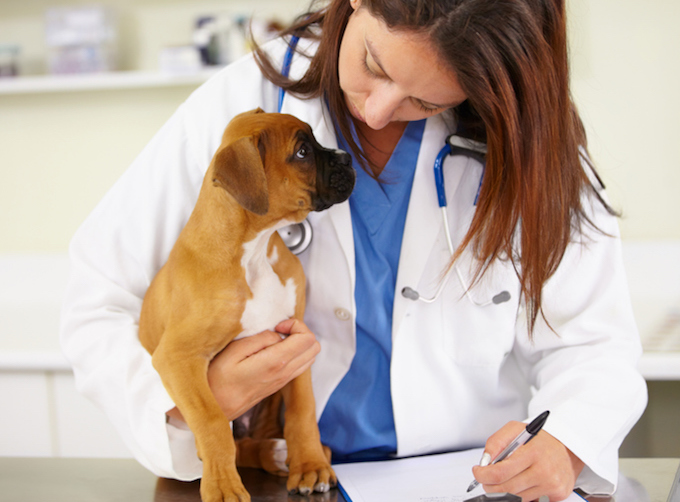Polymositis in dogs is a condition that causes the muscles to become inflamed. Specifically, the condition affects a dog’s skeletal muscles.
The condition is similar to dermatomyositis, although that condition also produces lesions.
Unfortunately, the condition affects certain dog breeds more than others, including Boxers and Newfoundlands.
If you see the signs of polymositis in your dog, then get to a veterinarian for a proper diagnosis and treatment.
Here’s what you should know about the symptoms, causes, and treatments for the condition.
Symptoms of Polymositis in Dogs
The condition produces a range of symptoms. For example, some of the most common symptoms include:
- Struggling to exercise
- Acting weaker than normal
- Seeming to be depressed
- Losing muscle mass
- Inflammation
Causes of Polymositis in Dogs

The cause of the condition is often related to an infection. Additionally, some of the other common causes of the condition include cancer and certain medical drugs.
Certain breeds of dog are more likely to develop the condition than others. Some of those breeds are Boxers and Newfoundlands.
Treatments for Polymositis in Dogs
Firstly, your vet will ask about your dog’s symptoms. Secondly, your vet will ask about your dog’s medical history. This will include any breed-specific problems.
Thirdly, a full physical examination will be carried out.
Blood and urine tests will also be taken. Additionally, the levels of the enzyme creatine kinase in the muscles will be tested.
Ultimately, a sample of any affected muscles will be taken and analyzed. This is the most reliable way to confirm the condition.
Treatment generally involves the use of medication. Specifically, your vet will prescribe the use of corticosteroids or antibiotics.
As always, if your vet prescribes your dog any medicine, make sure to stick to the correct dose and frequency instructions. Also, complete the full course of medicine.
While recovering at home it is important to steadily build up your dog’s daily amount of exercise. Your vet will help you come up with a safe and effective regime.
Have you ever cared for a dog who suffered from this condition? How did your vet help your dog recover? Let us know in the comments section below.









